Textile washing
 Just like clothes, textiles should be washed regularly. Towels, bedding, blankets and curtains, at least less often, get dirty and also need high-quality cleaning. But unlike “everyday” items, bulky items are more difficult to clean: they require special care. In order not to spoil the textiles, you need to clarify the rules for washing them in advance. Let's look at the basic recommendations, nuances of bleaching and drying.
Just like clothes, textiles should be washed regularly. Towels, bedding, blankets and curtains, at least less often, get dirty and also need high-quality cleaning. But unlike “everyday” items, bulky items are more difficult to clean: they require special care. In order not to spoil the textiles, you need to clarify the rules for washing them in advance. Let's look at the basic recommendations, nuances of bleaching and drying.
Basic recommendations
You can wash home textiles by hand, but it is much easier and faster to do this with a washing machine. The automatic machine will eliminate the need to pull and twist heavy things - the unit will do everything itself. The main thing is to consider the capacity of the drum.
Before washing, you must study the manufacturer's care recommendations for the item. All information is provided on the product tag and encrypted in special icons. As a rule, it all depends on the color and type of fabric. Thus, wool and synthetics love cold water, and cotton and chintz love hot water. The spin speed also varies: natural materials can withstand 1000-1800 rpm, while artificial and delicate ones are spun at 400-800.
Before washing, you must study the manufacturer's recommendations on the tag.
There are general recommendations for washing textiles:
- sort laundry by fabric color (white is loaded together with light, dark with black, etc.);
- wash similar types of stains together (greasy stains with greasy stains);
- do not “mix” bedding with everyday clothes;
- separate children's underwear from adults';
- It is better to clean children's blankets and blankets by hand with soap or a special gel;
- do not load the machine “to capacity” (it is important to look at the drum capacity in kg);

- Pre-wash stubborn stains by hand or in a special mode;
- separate blankets and curtains from other textiles;
- Use rinse aid to make ironing easier.
Only purchased textiles also need to be washed, at least rinsed on a quick program. This move will wash away factory dust and odors, which will prevent irritation and allergic reactions.
How to bleach textiles?
In some cases, bleaching is required. Over time, white curtains and towels turn gray and yellow - the fabric absorbs dirt, dust and unpleasant odors. To return textiles to their original color, it is necessary to use special tools and methods.
- Bleaching with chlorine. Suitable for cleaning durable natural fabrics - chintz and cotton. Acts quickly, but is harmful to delicate materials.

- Wash with oxygen bleach. It has a soft and gentle effect, therefore it is used for thin fabrics: silk, wool and synthetics.
There are special bleaches for bleaching textiles: oxygen and chloride.
- Boiling. A long-outdated method that involves “boiling” textiles in a pan on the stove for several hours. The fabric turns white again, but at the cost of the owner’s time and effort.
In any case, bleaching has a negative effect on the fabric - aggressive components discolor and destroy the fibers. It is better not to let it become gray and yellow, but to wash textiles regularly, preventing them from getting too dirty.
Washing faded items
Items that are prone to fading must be washed according to certain rules. Otherwise, the paint will “peel off” the fibers and “transfer” to other products in the drum. To prevent chaotic coloring, it is important to adhere to the following recommendations:
- always sort textiles (light with white, black with dark);
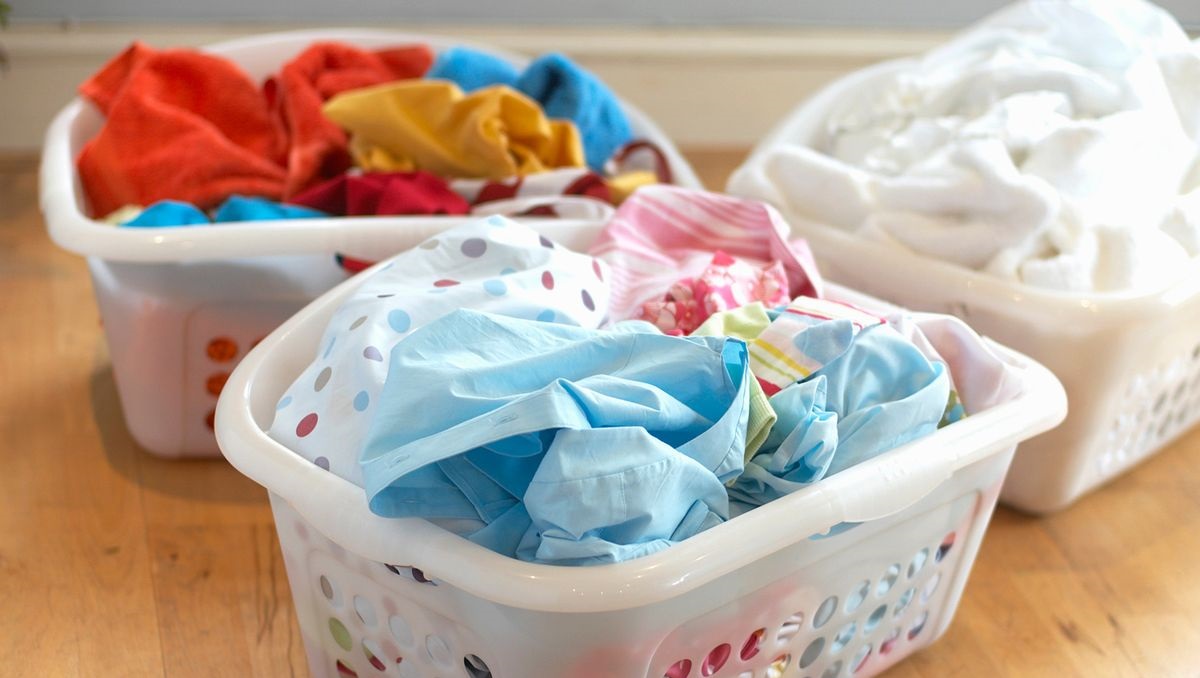
- turn the product inside out;
- wash at minimum temperature and strictly up to 40 degrees;
- place special color-catching napkins in the drum;
- Avoid products containing bleach.
Correct selection of detergents reduces the likelihood of shedding. It is recommended to have the entire arsenal on hand: for colored, white and dark linen. This approach will protect the fabric from washing out the pigment and improve the intensity of the shades.
Dry things correctly
Particular attention is paid to drying. It is important to dry textiles correctly so that the fabric does not lose its original shape and color.. We are talking about the following points:
- a product made of delicate fabrics is wrung out at minimum speed;
- artificial and automatic drying is prohibited;
- direct sunlight will discolor the fabric (especially colored textiles);
- Before hanging, clotheslines are wiped clean from dust;
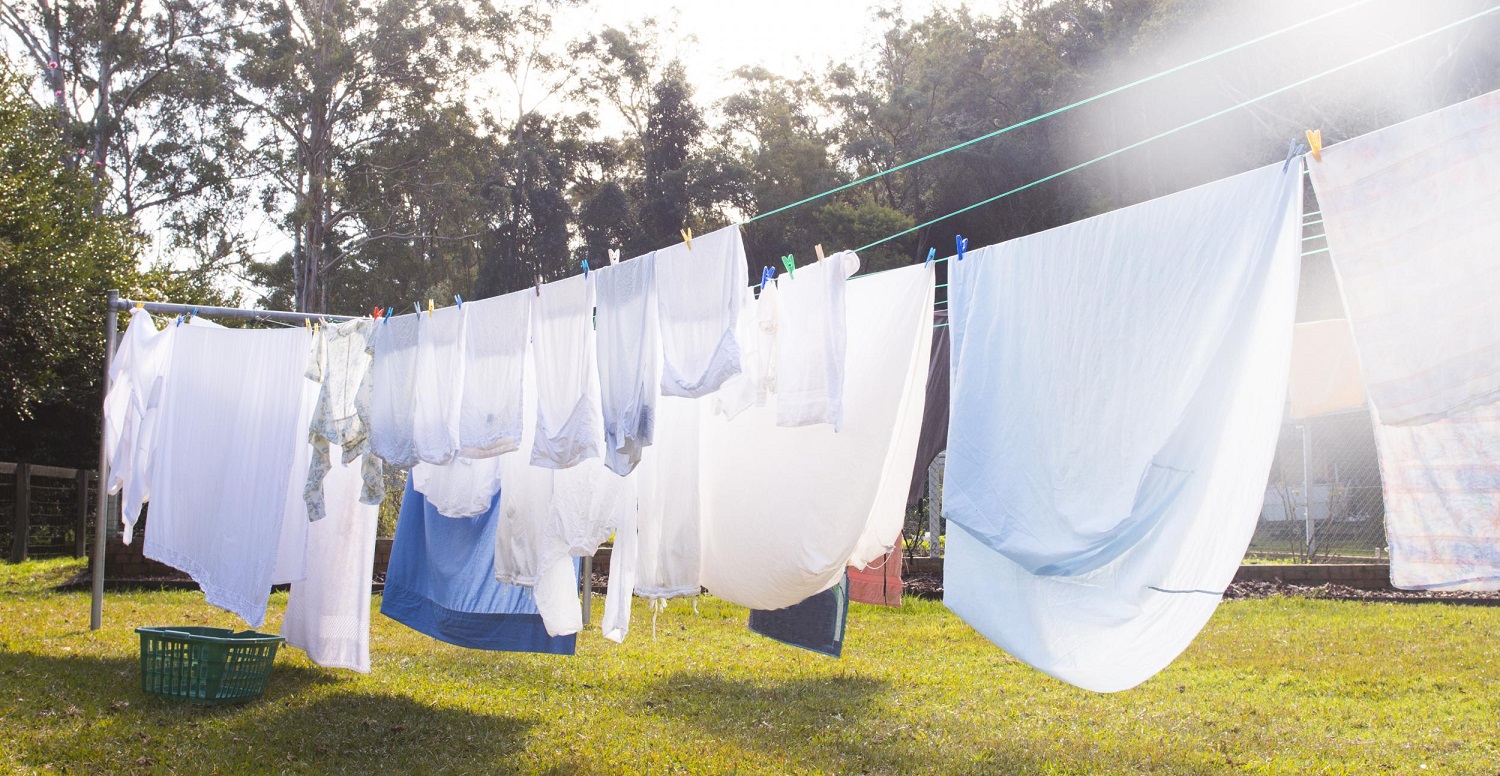
- Products are dried in the fresh air or in a ventilated area.
There is no need to dry curtains and drapes separately - they can be immediately hung on curtains. The fabric will smooth out under its own weight.
Interesting:
Reader comments
- Share your opinion - leave a comment

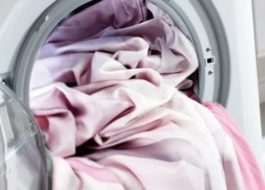
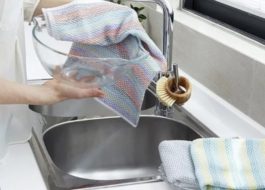



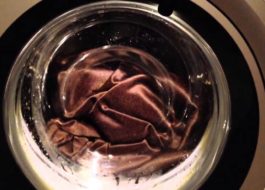














Add a comment